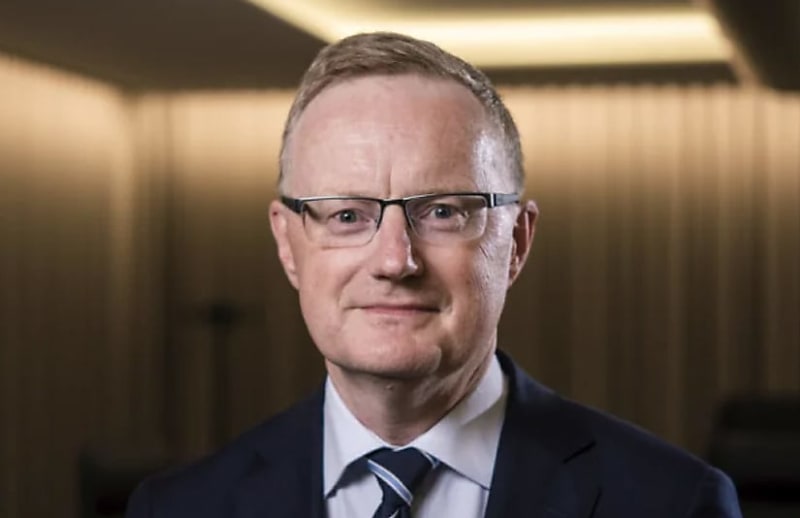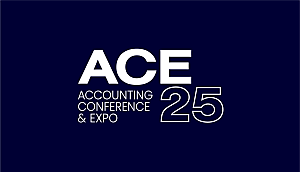You’re out of free articles for this month
Announcing a 0.25 percentage point increase, governor Philip Lowe said inflation had still to peak and he was concerned it would be driven by holiday spending.
The increase means the rate finishes the year at 3.1 per cent, up from 0.1 per cent in May, with inflation expected to hit 8 per cent.
BDO economist and project and infrastructure advisory partner Ally Flint said recent Australian Bureau of Statistics (ABS) figures suggested that inflationary pressures had begun to ease, but there were “concerns about the impact of black Friday sales and the upcoming Christmas period, with the Australian Retailers Association upwardly revising Christmas sales forecasts by $2 billion”.
“The risk of rising rents and energy prices, combined with falling petrol prices means there have been mixed signals for the inflationary outlook lately.”
“Although this is not good news for borrowers struggling with mortgage repayments, the upside is an improved budget balance with an additional revenue boost.”
CPA Australia senior manager of business and investment policy Gavan Ord said the rise meant businesses should not expect a return to pre-pandemic spending levels.
“Christmas is not coming early for businesses this year,” Mr Ord said.
“Businesses and households know they will feel the pinch in 2023. We urge businesses to factor in future rate rises and price increases into their planning before the year ends.”
“Businesses should be prepared that customers may change what they spend on and where during the biggest holiday of the year, it’s possible shoppers will cut back on their festive splurge.”
CreditorWatch chief economist Anneke Thompson said the RBA needed to see an easing in the labour force before it ceased raising rates, with unemployment at its lowest level since 1974 — 3.4 per cent.
“Data from employment marketplace Seek also points to a slowdown in jobs growth, with job ads declining month on month for four months now, and by 5.2 per cent over September 2022, the largest decline all year,” said Ms Thompson.
“The RBA has a dual role to maintain inflation within the target band of two and three per cent and also maintain full employment.”
“Clearly, those two aims are incompatible in the current environment, as it will be almost impossible to bring inflation back to the target band if employment remains ‘full’.”
In his statement, Mr Lowe said that the RBA expected inflation to decline over the next year as both supply and demand issues are resolved.
“Inflation is then expected to decline next year due to the ongoing resolution of global supply-side problems, recent declines in some commodity prices and slower growth in demand,” said Mr Lowe.
“The size and timing of future interest rate increases will continue to be determined by the incoming data and the board’s assessment of the outlook for inflation and the labour market.”

 Login
Login







